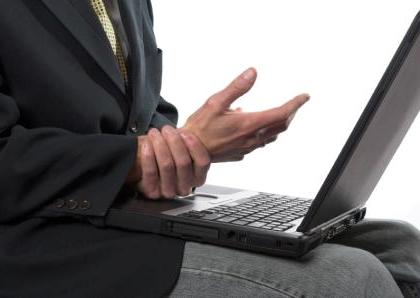But Carpal Tunnel syndrome also has causes you might not know about, and treatments you might not even know exist.
Dr Humble Finsand with Utah Spinal Care shares some insight into the syndrome and some easy ways to help deal with it.
______________________________________________________________
But Carpal Tunnel syndrome also has causes you might not know about, and treatments you might not even know exist.
Dr Humble Finsand with Utah Spinal Care shares some insight into the syndrome and some easy ways to help deal with it.















Add comment